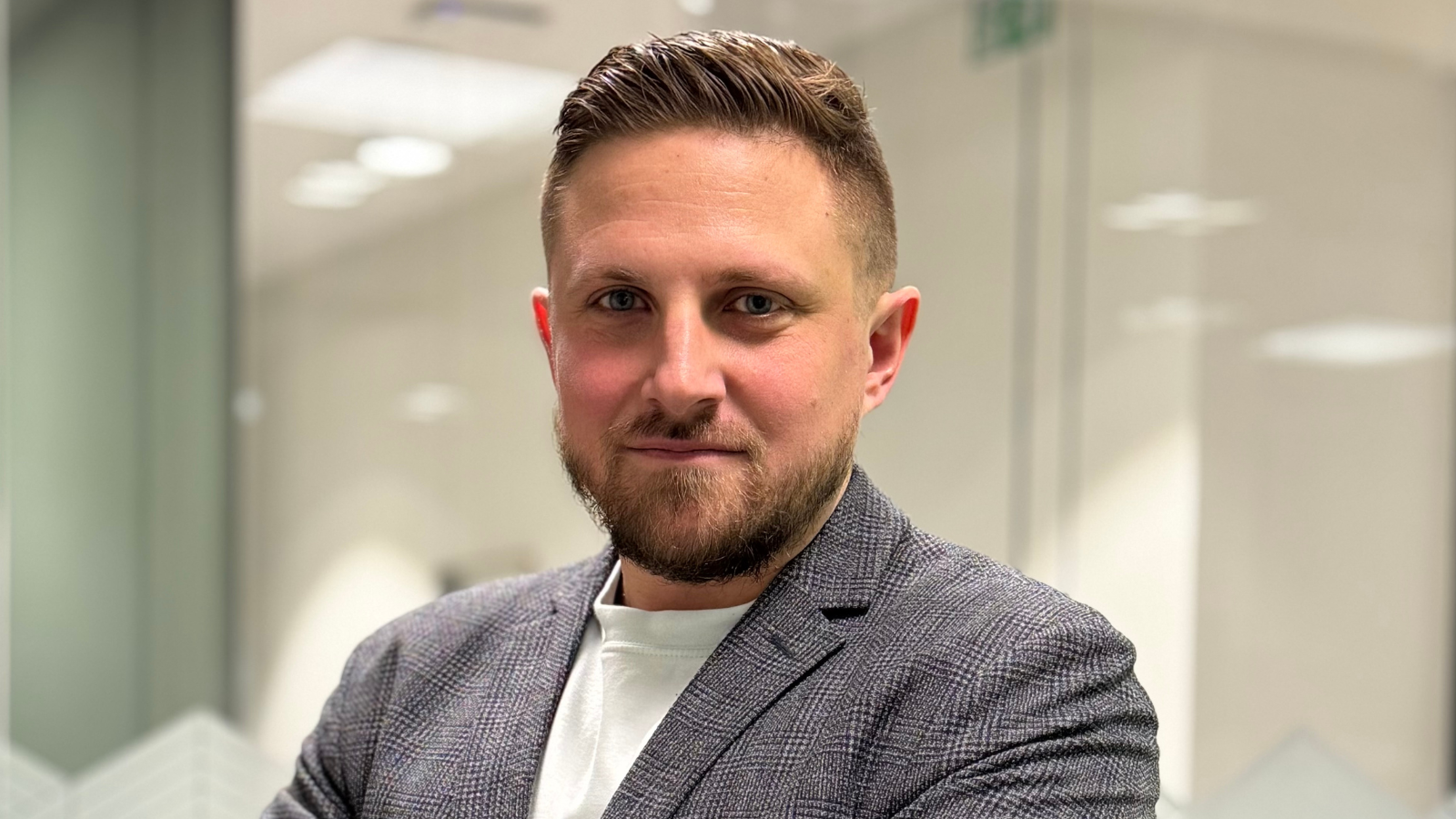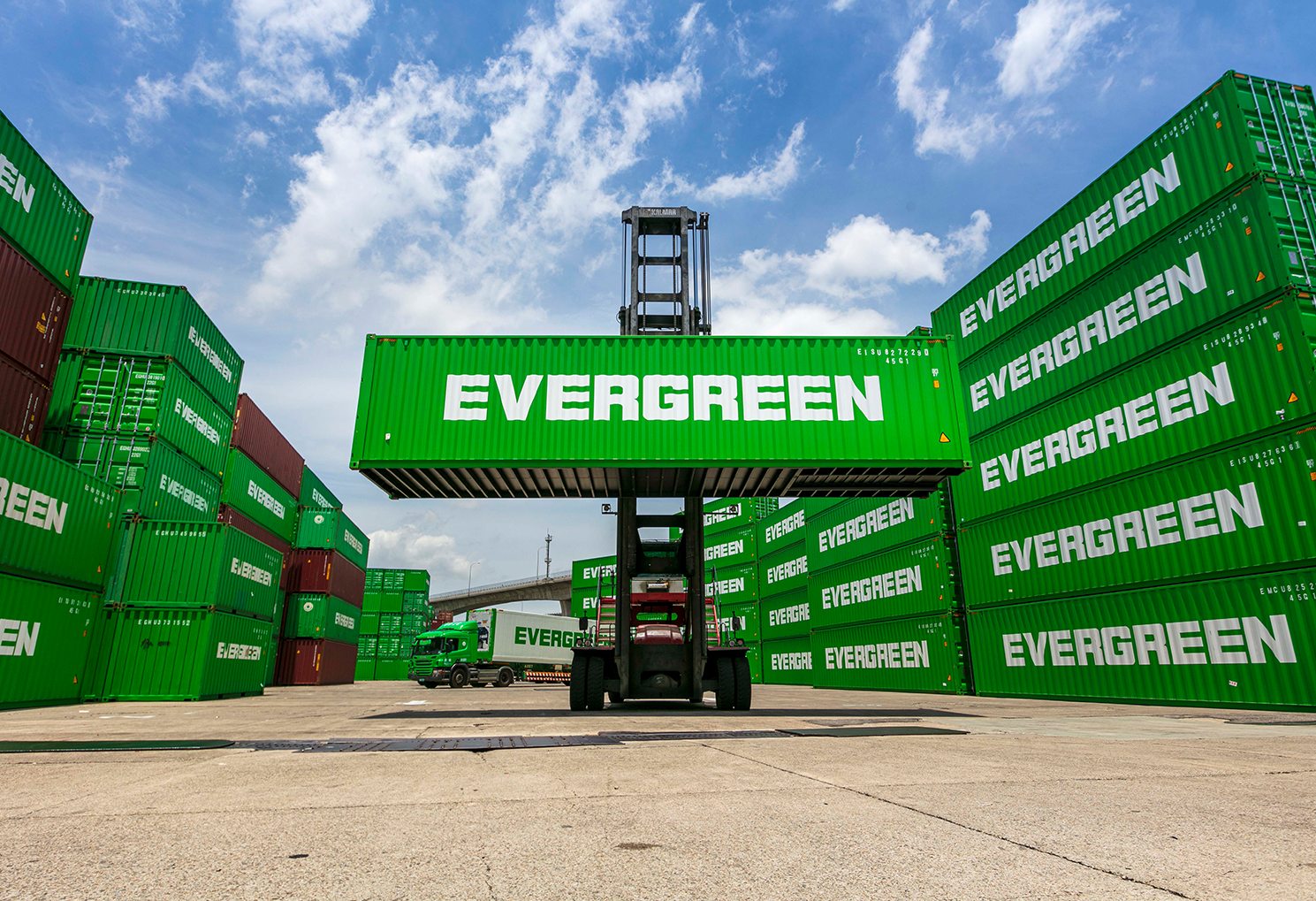As an importer, there is nothing worse than receiving your goods and realising the quantity is incorrect or the goods are damaged. A lot of things can go wrong in the loading process or during shipment. In this blog post, I will guide you through the steps of the container loading inspection, what the benefits are, and how to make sure your goods are prepared for their shipping journey in the best way possible.
What is container loading inspection?
A container loading inspection typically takes place at the shipper’s factory or warehouse. The inspection is carried out to make sure the goods are correctly handled and safely loaded into the shipping containers for safe transportation and delivery to the final destination.
Container loading inspections include a number of steps:
1. Inspecting the quantity and quality of the goods
The inspector checks the quantity of the goods to make sure it matches the specification so that the correct number of goods are shipped off. The inspector also checks the quality of the goods to make sure they are in the right condition.
2. Inspecting the packaging of the goods
The inspector checks the packaging of the goods to make sure the material will protect the goods during shipping and that the labels are correct. Some buyers may require a specific packaging material for fragile goods and this needs to be verified.
3. Supervising the loading process and inspecting containers and vehicles
The inspector supervises the loading of the goods to make sure nothing is damaged in the process. Also, an inspection of the condition of shipping containers and vehicles is carried out to make sure they are intact, safe, and properly sealed prior to transport.
4. Recording loading conditions and compiling a report
The inspector records loading conditions such as whether to minimize possible issues on the road. When the entire inspection process is completed, a detailed report with photos and information is provided to the importer.
Who will benefit from a container loading inspection?
Container loading inspections are beneficial for all importers who want to ensure safe loading, transportation and delivery of their goods. It is helpful for first-time importers who want to feel confident in the shipping process or importers who have fragile goods that require more complicated or detailed loading criteria.
What are the benefits of container loading inspections?
A container loading inspection minimizes the possibility of an unpleasant surprise at arrival. It allows you to capture the state of your goods prior to shipping, detect any possible issues, and take action directly. If discrepancies are found, responsible staff are in place to decide on the next step.
Having professionals in place during the container loading process will not only minimize the risk of mishandling and incorrect loading of your goods but also minimize the risk of theft and other unexpected issues.
With container loading inspections, you have to worry less about damaged goods and financial losses while focusing more on happy customers.
Greencarrier Freight Services offers container loading inspection in China
In order to meet the ever-changing logistics needs of our customers, we constantly develop and refine our services. Greencarrier Freight Services is now offering, as one of our value-added services, container loading inspections throughout China with our partner Current Consulting. To us, quality assurance and delivery precision are a significant part of the shipping process. With our container loading inspection service, we help you get your goods to the final destination safely and in a properly executed manner.
Would you like to book a container loading inspection or learn more about our service? Please, get in touch with your local sales representative.




